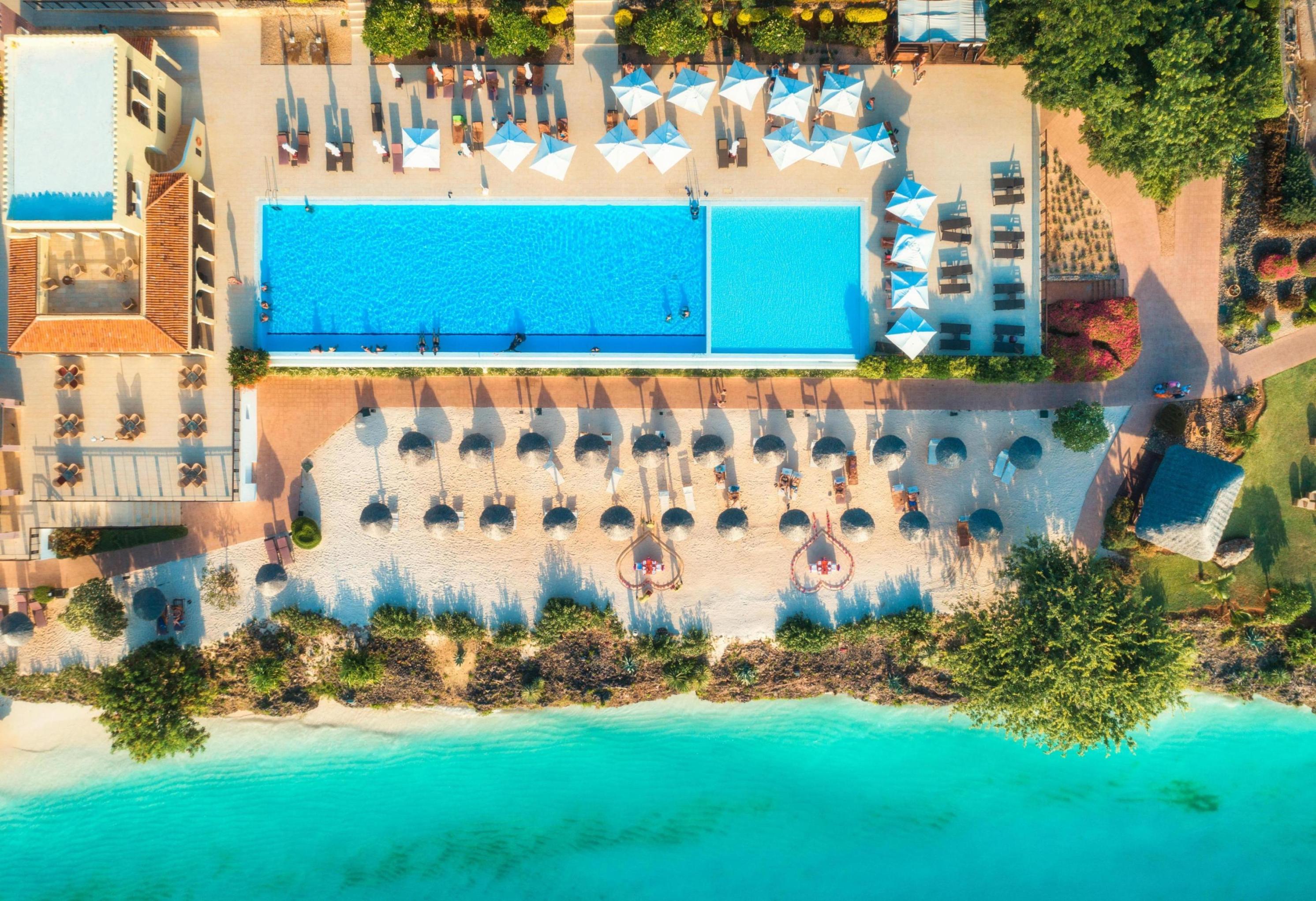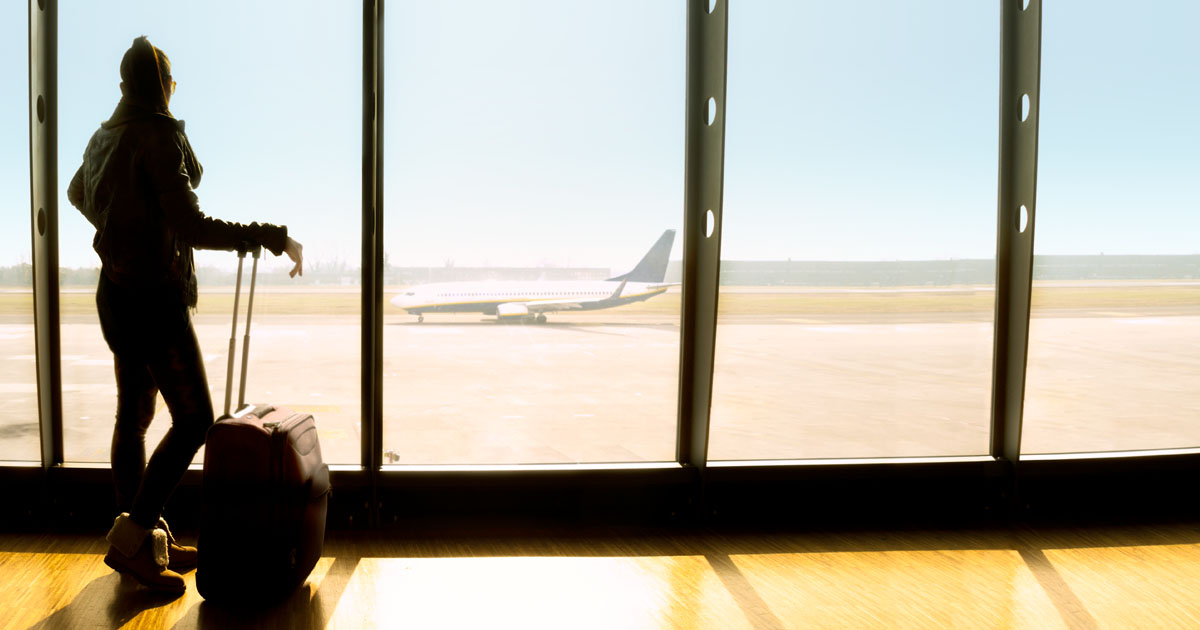20 Canadian Tourist Traps That Are Total Letdowns
Not every postcard-perfect spot lives up to the hype. While Canada boasts jaw-dropping landscapes, rich history, and famously friendly locals, it also has its fair share of overrated attractions—places that reel you in with big promises but leave you feeling shortchanged. Think overpriced souvenirs, wall-to-wall crowds, and experiences that feel more scripted than soulful. Whether it's a historic site stripped of authenticity or a viewpoint buried beneath busloads of tourists, some destinations simply don’t deliver. That’s why we’ve expanded our list to 20 Canadian Tourist Traps That Are Total Letdowns—so you can skip the smoke and mirrors and spend your time where it truly counts. Even better? For every underwhelming stop, we’ve included an alternative that captures the heart of Canada without the hassle. Because travel should feel like discovery—not disappointment. Let’s cut through the hype and get to the good stuff.
1. Niagara Falls (ON): Big Splash, Bigger Circus

The falls themselves are a breathtaking natural wonder, no doubt—but the experience surrounding them has become a noisy, neon disappointment. Clifton Hill, once a modest tourist promenade, is now a chaotic strip of wax museums, haunted houses, overpriced chain restaurants, and gimmicky attractions that feel more Vegas sideshow than Canadian majesty. Everything from parking to snacks is absurdly inflated, and it’s easy to leave feeling like the real spectacle wasn’t the falls, but the commercialization around them. Instead, skip the circus and head to Niagara Glen, where trails wind through the gorge with river views that actually feel serene. Or explore Niagara-on-the-Lake, where historic architecture, boutique shops, and world-class wineries offer a more grown-up way to experience the region’s beauty—minus the noise, minus the crowds.
2. Banff Townsite (AB): Nature, Now with Traffic Jams
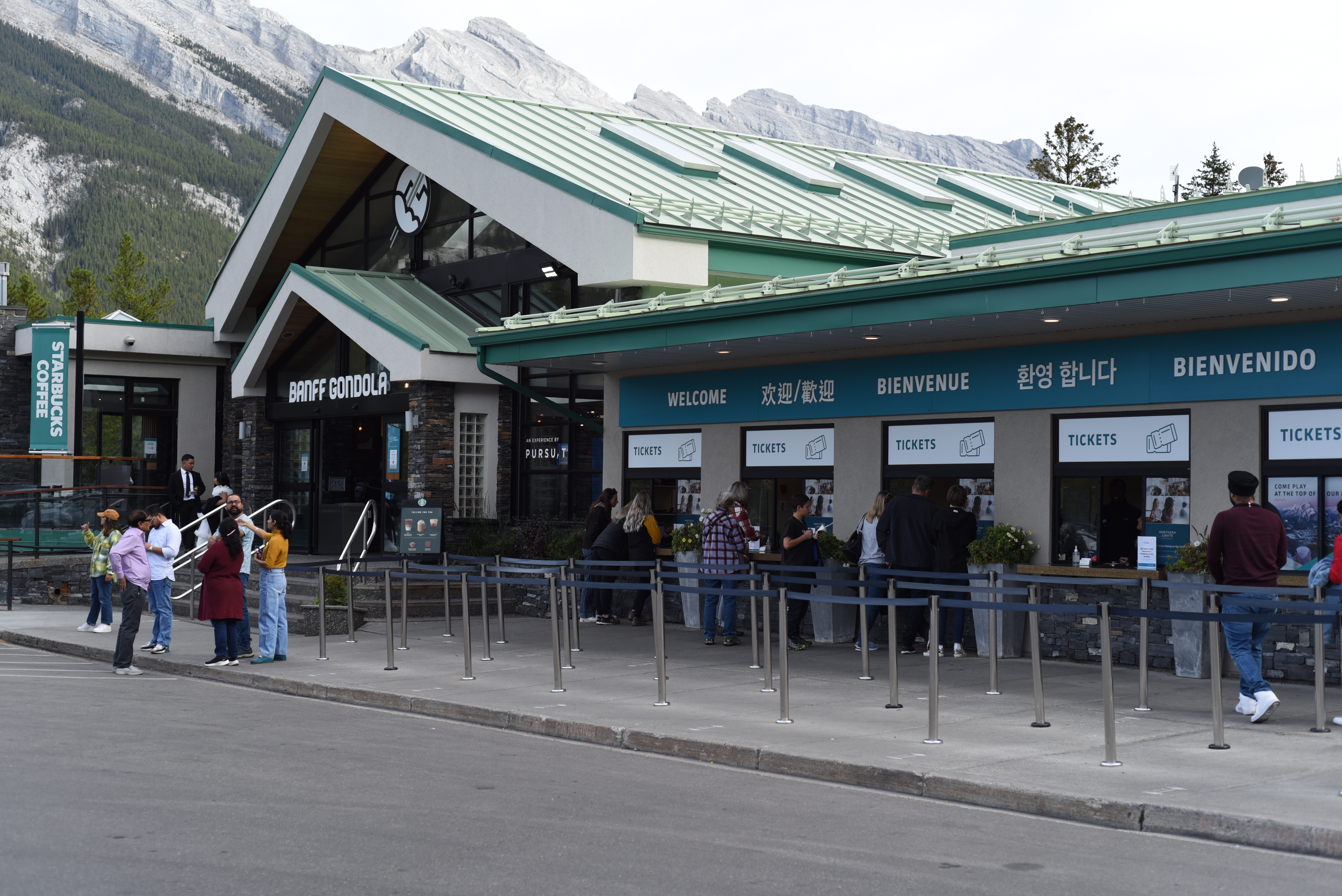
Banff’s surrounding scenery is the kind of jaw-dropping wilderness you fly across oceans for—but the town itself has become a gridlocked mess, especially during peak travel months. The charm of a mountain village is lost in a blur of tour buses, overpriced chain stores, and frantic tourists all vying for overpriced hotel rooms and parking spots. You’ll find more souvenir shops than solitude, and even the trails closest to town are often packed elbow-to-elbow. What should feel like a quiet retreat into the Rockies starts to feel like navigating a themed outlet mall with better views. Instead, explore Kananaskis Country or Yoho National Park, where the lakes are just as turquoise, the peaks just as tall, and the silence just as soul-stirring—only without the traffic jams and inflated resort vibe.
3. The CN Tower (ON): $40 for a View You Can Get Elsewhere
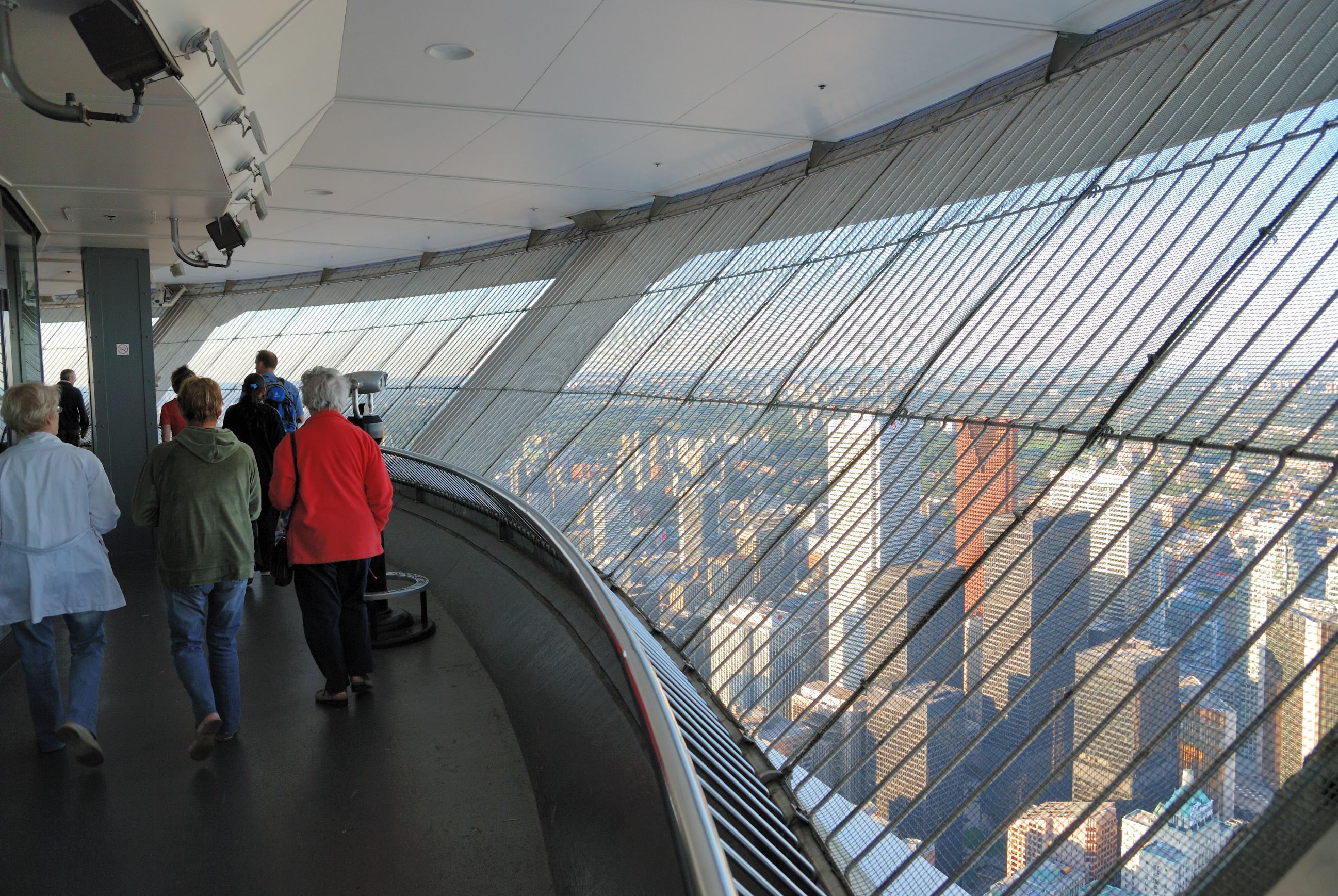
Sure, it’s iconic—featured in every Toronto skyline and tourism video—but the CN Tower experience rarely lives up to its promise. After enduring long lines, security checks, and a ticket price that feels more punitive than premium, you’re herded into a crowded elevator to reach a space where the view—while decent—is often obscured by crowds jostling for selfies. The glass floor, once novel, now feels like an overhyped Instagram trap. Toronto has plenty of alternative spots with equally striking panoramas and far more breathing room. Instead, head to Riverdale Park East for a sunrise jog with skyline views, or hop a ferry to the Toronto Islands for a postcard-perfect shot. Want the same vantage point with a side of ambiance? Try a rooftop patio like Broadview Hotel or Lavelle—no elevator fee, no line, and definitely no kids lying face-down on glass.
4. Whistler Village (BC): Ski, Shop, Repeat
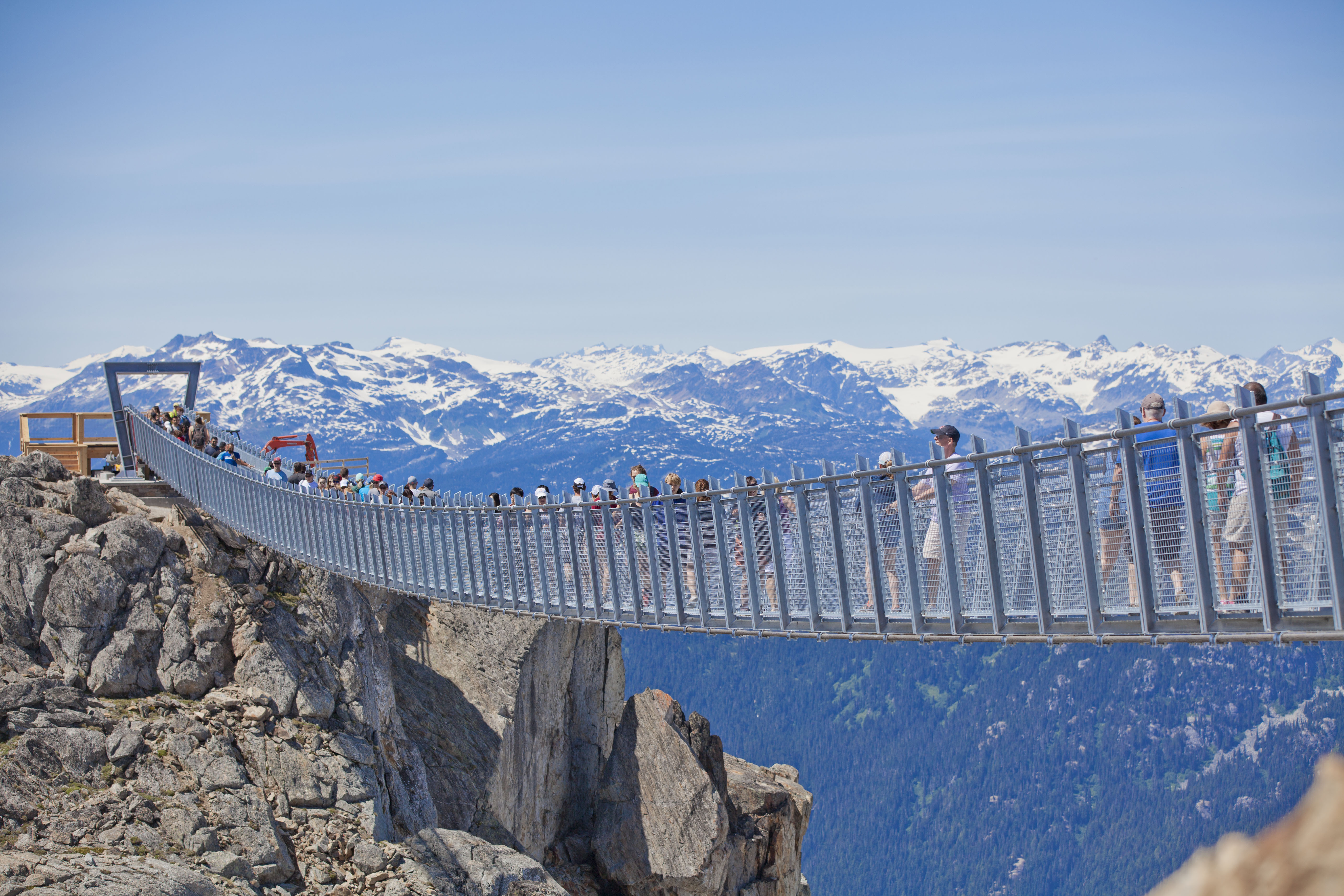
Whistler’s mountains are a skier’s paradise, and there’s no denying the terrain is world-class—but step off the slopes and you’re met with a village that feels less like a mountain town and more like a luxury shopping complex in alpine drag. Corporate chains dominate, prices soar, and après-ski culture is more influencer than intimate. For many, the village is a curated retail experience wrapped in snowflake decor, and it’s hard to shake the sense that you're paying top dollar for an experience designed to please a crowd. Instead, try nearby Squamish or Pemberton for a smaller-scale experience that’s full of local charm, stunning scenery, and access to the same wild backcountry—without the price tags or pretense. Whether you’re into snow sports or summer hikes, these towns still feel like places people live, not just stage sets for high-end recreation.
5. Calgary Stampede (AB): Rodeo Meets Tourist Machine
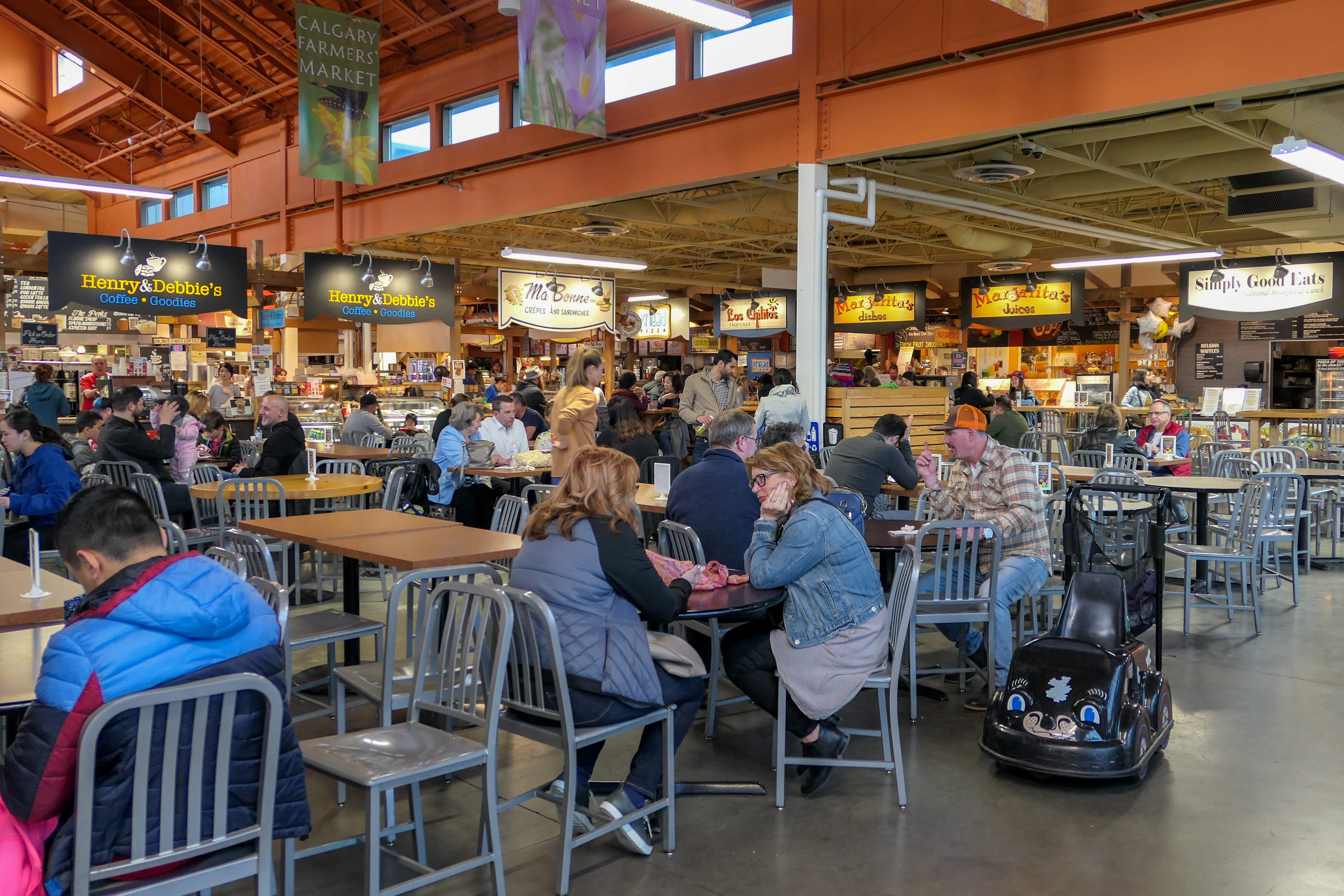
The Calgary Stampede markets itself as an authentic celebration of Western heritage—but the reality often feels more like a giant theme park with cowboy branding. Sure, the rodeo still draws pros and purists, but the surrounding festival is a maze of beer gardens, carnival rides, overpriced merch, and throngs of tourists in rented plaid. Lines are long, food is expensive, and the whole affair can feel like a city trying a little too hard to prove its cowboy credentials. If you’re genuinely interested in rodeo culture, head to smaller events like the Ponoka Stampede or a rural county fair, where the grit is real and the community runs deep. You’ll find fewer selfie sticks, more storytelling, and a kind of unscripted charm that the big-city version can’t replicate. It’s still Alberta—but with fewer neon signs and more sky.
6. Old Quebec (QC): Cobblestone Disneyland

At first glance, Old Quebec looks like something out of a fairy tale—cobblestone lanes, 18th-century architecture, horse-drawn carriages—but in peak season, the illusion unravels fast. Tour buses line the perimeter, souvenir shops push maple everything, and overpriced cafés cater more to foot traffic than foodies. The charm becomes performative, and the sense of history gets flattened into a backdrop for photo ops and postcard sales. It’s less like stepping into the past and more like walking through a colonial theme park built for cruise ship crowds. Instead, venture into nearby neighborhoods like Saint-Roch or Montcalm, where you’ll find street art, concept cafés, and locals who aren’t in costume. The food’s better, the conversations more real, and the experience far more satisfying if you’re after Quebec’s cultural heartbeat rather than its staged version.
7. West Edmonton Mall (AB): Mall Madness

Once a marvel of retail ambition, West Edmonton Mall is now a bloated mix of theme park, shopping center, and chaotic energy that feels more exhausting than entertaining. With over 800 stores, a water park, ice rink, and indoor roller coasters, it promises something for everyone—but delivers an overwhelming, aging spectacle packed with sensory overload and sky-high price tags. It’s easy to spend an entire day inside and leave feeling like you’ve seen nothing of Edmonton at all. Instead, step into the real world and explore Elk Island National Park, where bison roam free and the skies put on celestial shows. Or head to 124th Street, a district alive with art galleries, artisan boutiques, and food trucks dishing out creative fare. It’s Edmonton unplugged, and you won’t need a map—or motion sickness pills—to enjoy it.
8. Cabot Trail (NS): Gorgeous… Then Crowded and Commercial
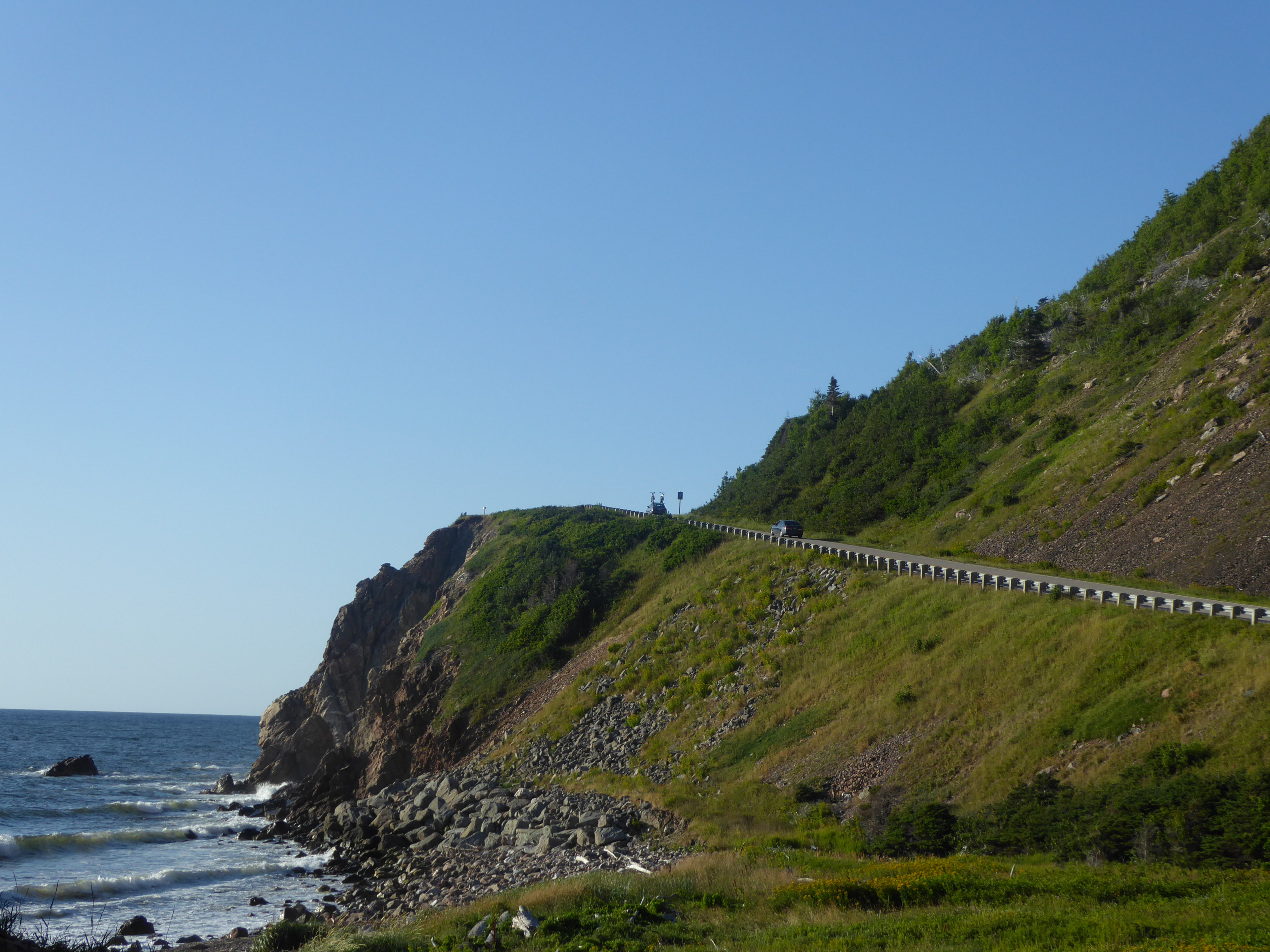
Yes, the Cabot Trail delivers epic coastal vistas and sweeping turns, but during peak season, the scenic drive can feel more like a bumper-to-bumper parade float than a personal adventure. Every overlook has been claimed by RVs, motorcyclists, and busloads of camera-wielding tourists, and the roadside “local crafts” often lean more kitsch than cultural. The magic of Cape Breton’s raw landscapes gets diluted by souvenir traps and long queues for mediocre seafood. If you’re after soul-stirring silence or spontaneous moments with nature, the trail might not be it. Instead, explore the Cape Chignecto Coastal Trail, a rugged multi-day hike with cliffs, beaches, and zero bus crowds. Or follow the Acadian Coastal Route, where the music, language, and food carry authentic stories—and the traffic is measured in sea breezes, not vehicles.
9. Ice Hotel (QC): Chill Vibes, Freezer Prices
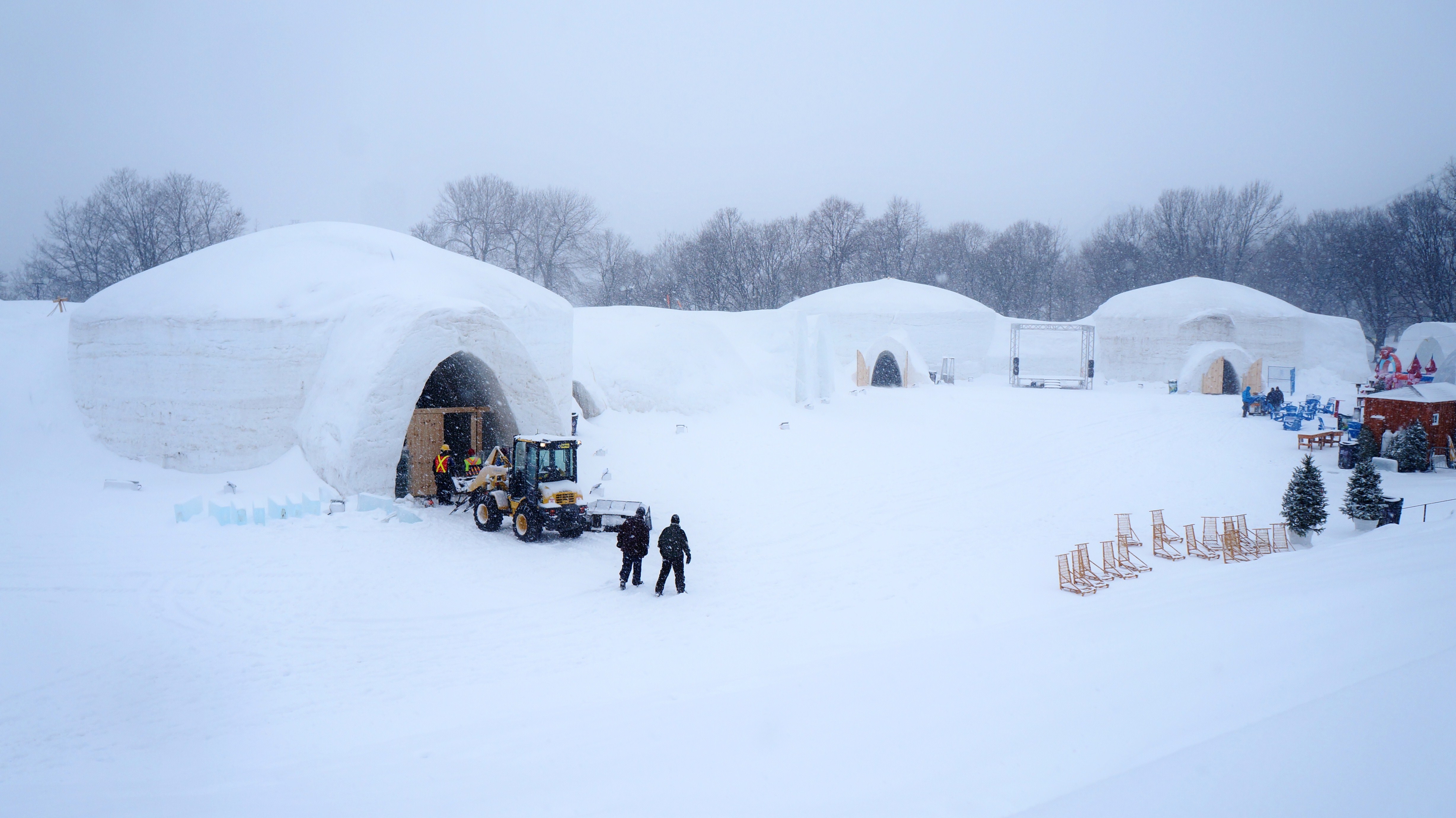
Sleeping in a room carved entirely from ice sounds like the stuff of travel bucket lists—but the reality is a lot less magical than it looks on social media. Between the sub-zero temperatures, strict schedules, and sky-high prices, it’s more of a chilly photo-op than an immersive experience. Day visitors are shuffled through in groups, barely given time to appreciate the artistry, while overnight guests pay hundreds to bundle up in gear just to lie on a frozen slab. Novelty quickly gives way to discomfort. For a more meaningful winter escape, try a cozy log cabin in Charlevoix or snowshoe into a backcountry lodge in Mont-Tremblant. You’ll still wake up surrounded by snow-covered silence—but with heat, privacy, and a hot drink in hand, not frostbite.
10. Bay of Fundy Tidal Experiences (NB/NS): All Hype, Little Tide
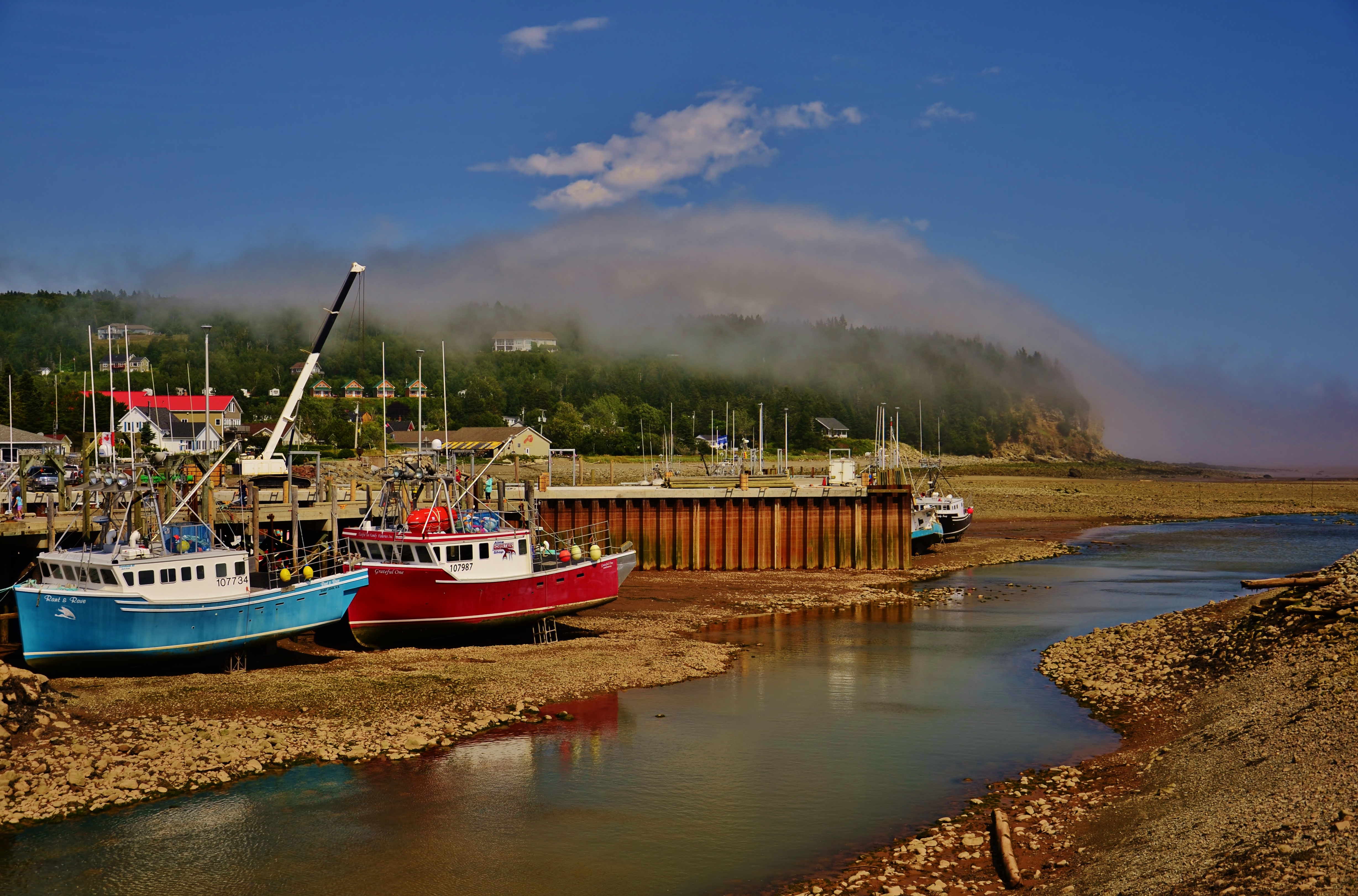
The Bay of Fundy’s claim to fame—having the highest tides in the world—sounds thrilling, but the execution often leaves travelers scratching their heads. Unless you arrive during a very specific tide window, you’re more likely to see mudflats and exposed seabeds than awe-inspiring walls of water. Even when timed right, the tidal “experience” can feel overproduced, with souvenir shops and pay-to-park viewpoints trying to monetize the natural cycle. It’s a lot of logistics for what amounts to watching water levels change. Instead, hit the Fundy Footpath or Cape Chignecto trails for jaw-dropping cliffs, windswept solitude, and the kind of Atlantic drama that doesn’t rely on a tide chart. These places offer a deeper, more sustained encounter with Fundy’s power—no guided hype required.
11. Lake Louise (AB): Perfect Postcard, Packed in Reality
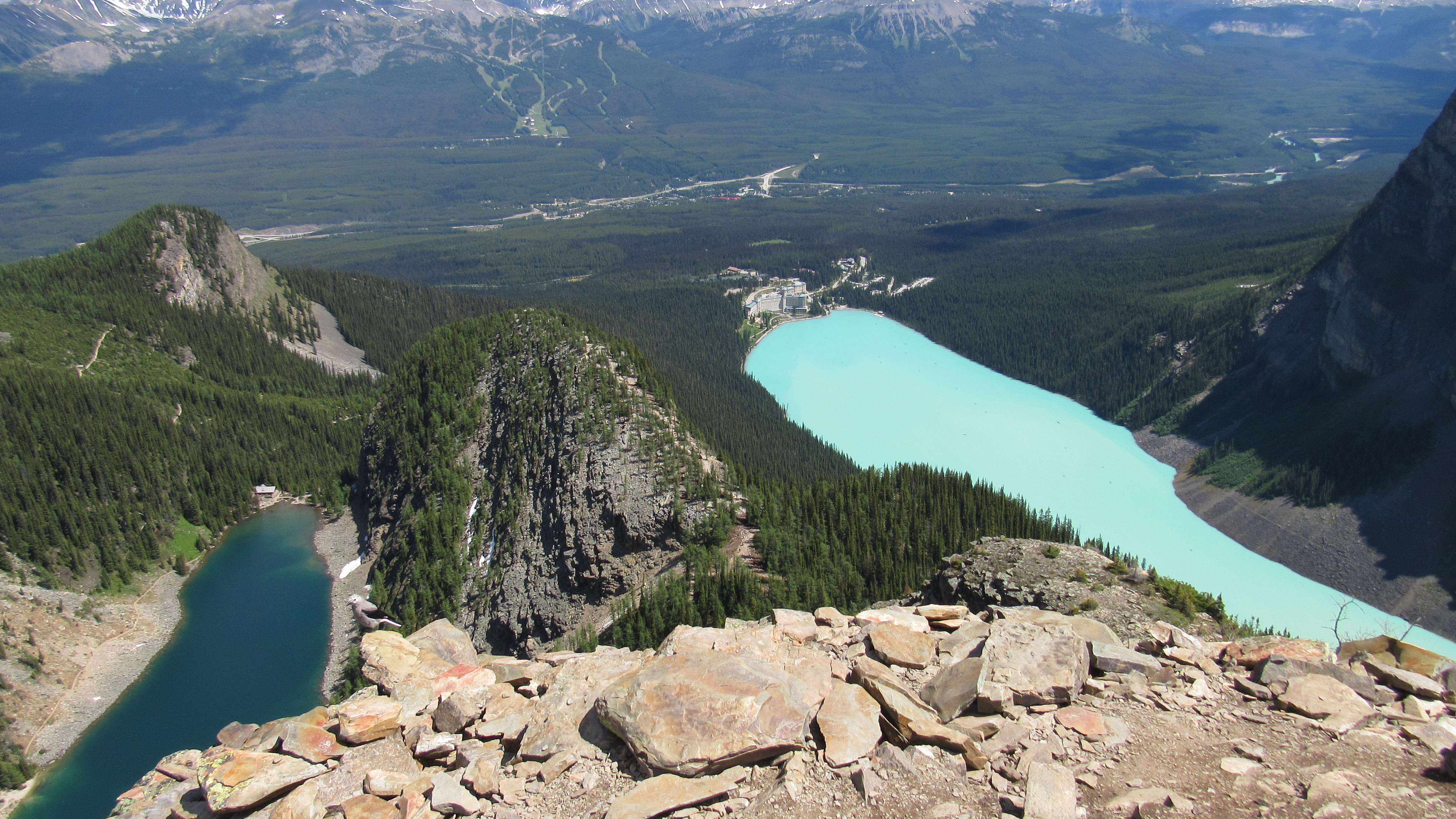
There’s no denying Lake Louise is stunning—the glacier-fed turquoise waters, the towering peaks, the surreal stillness. But don’t let the postcard fool you. That iconic view is flanked by tour buses, parking nightmares, and shoulder-to-shoulder boardwalks where silence is replaced by camera shutters and selfie-stick negotiations. In high season, the lakefront can feel more like a queue than a destination, with people elbowing for space instead of soaking in the serenity. It’s beautiful, yes, but also exhaustingly performative. For a more peaceful alpine experience, try Moraine Lake at dawn (if access is open), hike to Lake Agnes for a quiet cup of tea above the crowds, or escape entirely to Emerald Lake in Yoho National Park. These spots deliver the same cinematic beauty—but with enough room to breathe it all in.
12. The Forks (MB): Marketed History, Minimal Magic

The Forks bills itself as Winnipeg’s cultural heart, but what could’ve been a vibrant hub of living history has been glossed over with food courts, curated craft stalls, and a vaguely manufactured sense of “heritage.” It’s pleasant, sure—but it rarely transcends surface-level engagement. The historical layers feel flattened by corporate polish, and what’s left is more mall-adjacent than momentous. You’ll find some good bites and local wares, but little that roots you in the city’s deeper rhythms. Instead, wander into the Exchange District where 20th-century warehouses house indie designers, cafés, and galleries that actually reflect the city’s creative spirit. Or time your visit with a fringe theatre show, music festival, or public art event—anywhere the locals are shaping culture in real-time, not just selling versions of it.
13. Mont-Tremblant Village (QC): Resort Overload

Mont-Tremblant is undeniably scenic, with rolling Laurentian peaks and year-round outdoor activities—but its resort village feels more like a theme park dressed in European drag than a mountain town with soul. The cobblestone streets are pre-packaged and pristine, the boutiques blend together, and everything—from coffee to lift tickets—comes at a steep markup. It’s a curated version of alpine life, designed for convenience, not connection. If you’re after something quieter and closer to the real rhythms of the wild, skip the resort and dive into Parc national du Mont-Tremblant. Paddle across mirror-still lakes, hike through dense boreal forest, or cozy up in a rustic cabin where nature dictates the mood—not your itinerary. It’s not branded luxury—but it’s the kind that sticks with you.
14. Lunenburg (NS): Pretty… and Pretty Predictable
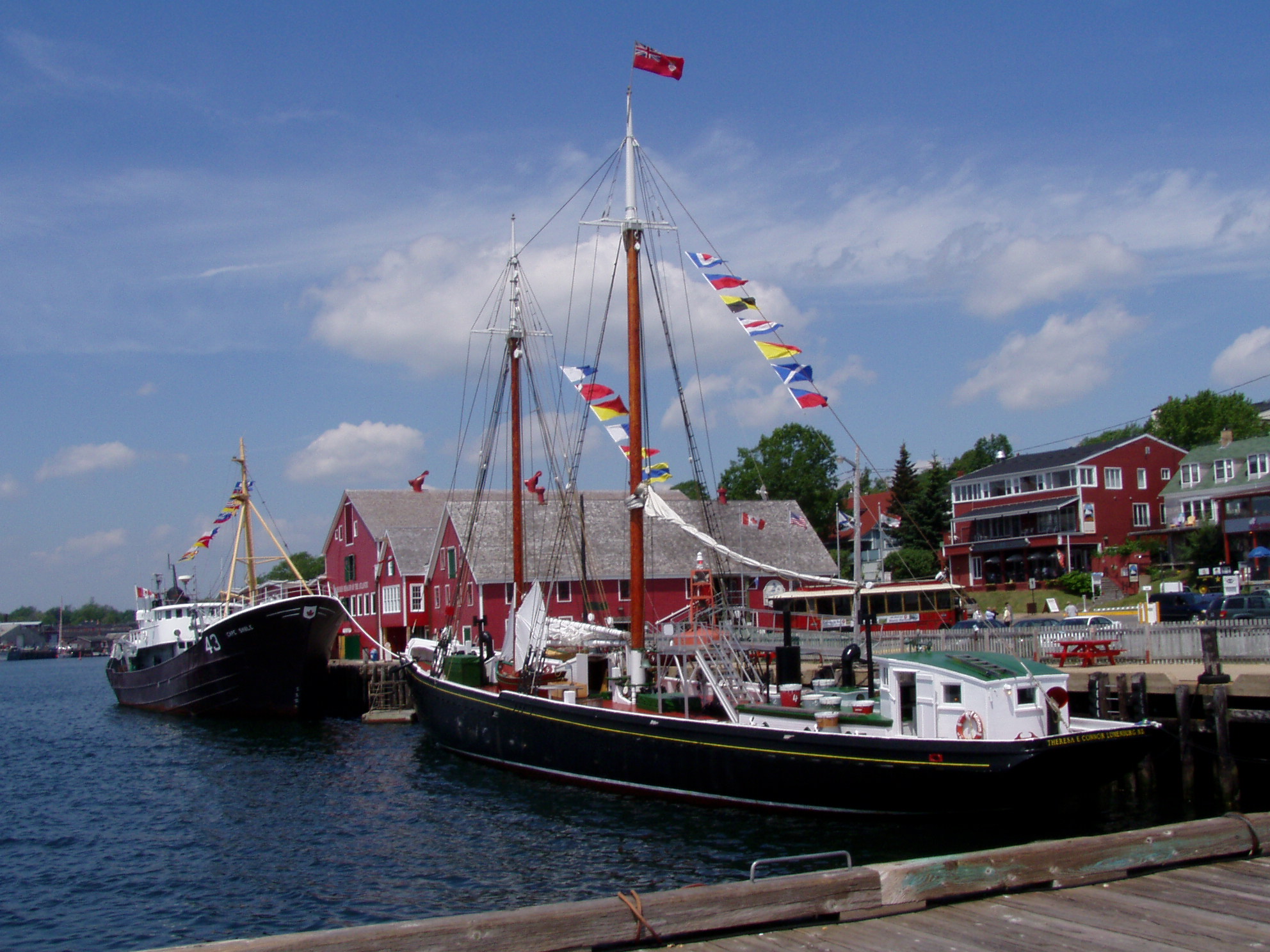
Lunenburg has all the right visuals: bright-painted buildings, seafood shacks, and a waterfront that looks like it was made for postcards. But beneath the charm lies a well-rehearsed script. Tour groups shuffle past curated signage, souvenir shops sling nautical kitsch, and it can feel more like a set piece than a living community. The influx of cruise traffic doesn’t help—it often turns the town into a brief stopover instead of a place to linger. If you want the Nova Scotia coast without the staged experience, head to Mahone Bay or Shelburne. These towns offer similar views, real community rhythms, and stories that haven’t been sanded down for tourist consumption. You’ll find the same sea breeze, but with less spectacle—and more soul.
15. Hopewell Rocks (NB): Crowds, Crumbling Shoreline, and Clock-Watching
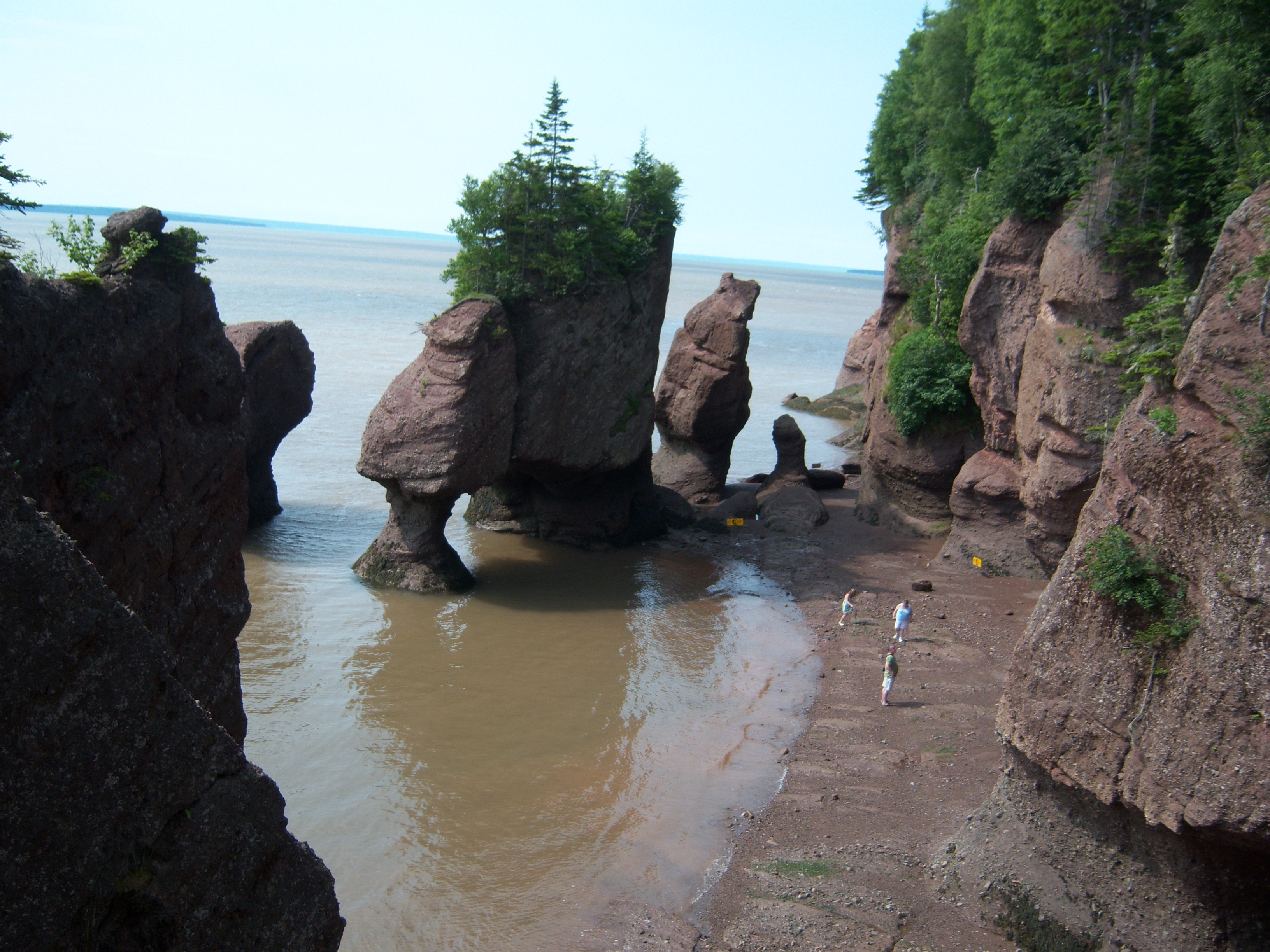
Hopewell Rocks makes for stunning photos—but in person, the experience can feel like a ticking-clock attraction wrapped in crowd control. Because access is strictly tied to the tides, your visit becomes a carefully orchestrated shuffle through walkways with signage reminding you when to leave. The shoreline is often crumbling or muddy, and with erosion concerns, some paths may be blocked off altogether. Add the throngs of visitors jostling for the same five photo angles, and the magic quickly drains out. For a more organic coastal encounter, drive to Cape Enrage for raw, panoramic views and a lighthouse still working against the wind. Or visit Joggins Fossil Cliffs where geological wonder meets quiet introspection. The tide still comes in, but you’ll be watching it from a place of presence—not pressure.
16. Thousand Islands Boat Tours (ON): A Float Full of Fluff
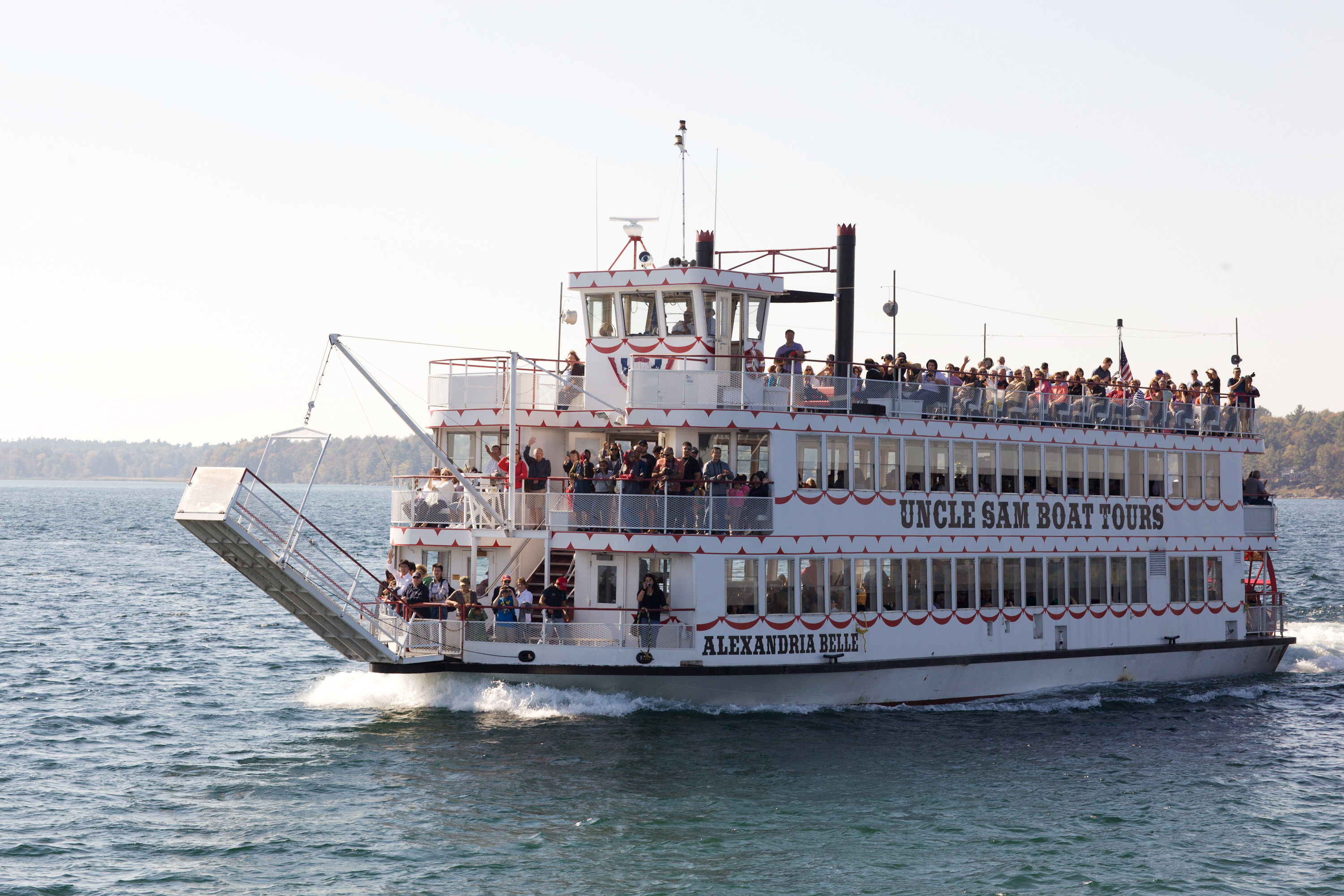
The Thousand Islands region sounds like a dream—historic mansions, winding river channels, castle ruins. But most commercial boat tours end up being overpriced, underwhelming loops packed with loud commentary, stale snacks, and a sea of camera phones. The views are often obstructed, the “castles” are more vanity projects than landmarks, and the vibe feels more conveyor belt than charming cruise. Want to truly explore the region? Rent a kayak or small motorboat and chart your own route between the quieter inlets. Or stay overnight in Gananoque and take in the river at sunrise—without the deck crowds or cookie-cutter trivia.
17. Granville Island (BC): Market with a Marketing Problem
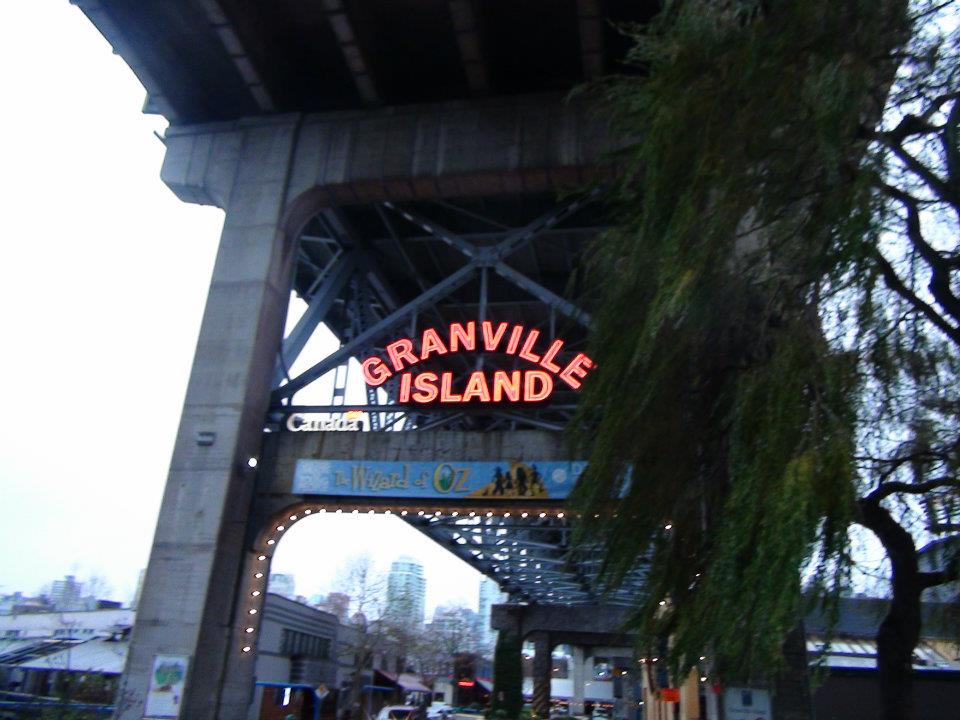
Granville Island gets billed as an artisanal haven tucked under Vancouver’s city bridges—but what you’ll find is a packed public market overrun by tourists, inflated prices, and vendors that now cater more to cameras than locals. The charm that once defined this creative district has been dulled by foot traffic and mass appeal. Instead, explore Vancouver’s Main Street or Commercial Drive for local food, art, and music that hasn’t been curated for cruise ships. Or head to Trout Lake Farmers Market on a weekend for real community energy and handpicked produce without the performance.
18. Peggy’s Cove (NS): Instagram Fame, Parking Pain
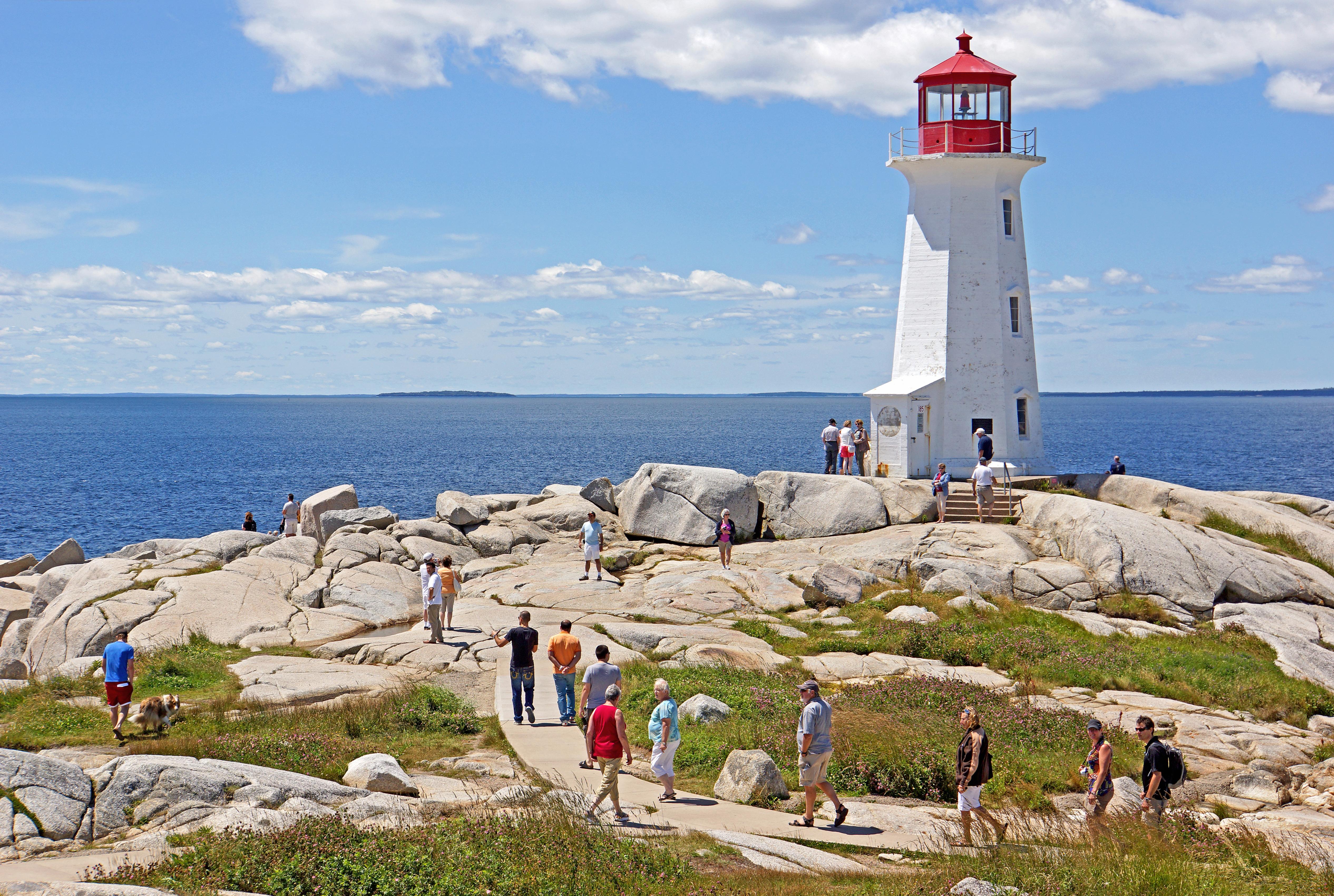
Yes, the lighthouse is beautiful—but the reality of Peggy’s Cove is bumper-to-bumper traffic, dangerous crowds scrambling over slippery rocks, and a surprisingly sparse “village” experience. Safety barriers have increased, making it harder to explore freely, and the few shops nearby are pure tourist markup. Want a better version of maritime serenity? Visit Cape Forchu near Yarmouth or the dramatic cliffs of Duncan’s Cove, where you’ll get coastal drama, windswept views, and far fewer elbows in your sunset photos. Peggy’s Cove is a postcard you’ve already seen—now go find the ones no one talks about.
19. Parliament Hill Light Show (ON): Meh with a Side of Maple
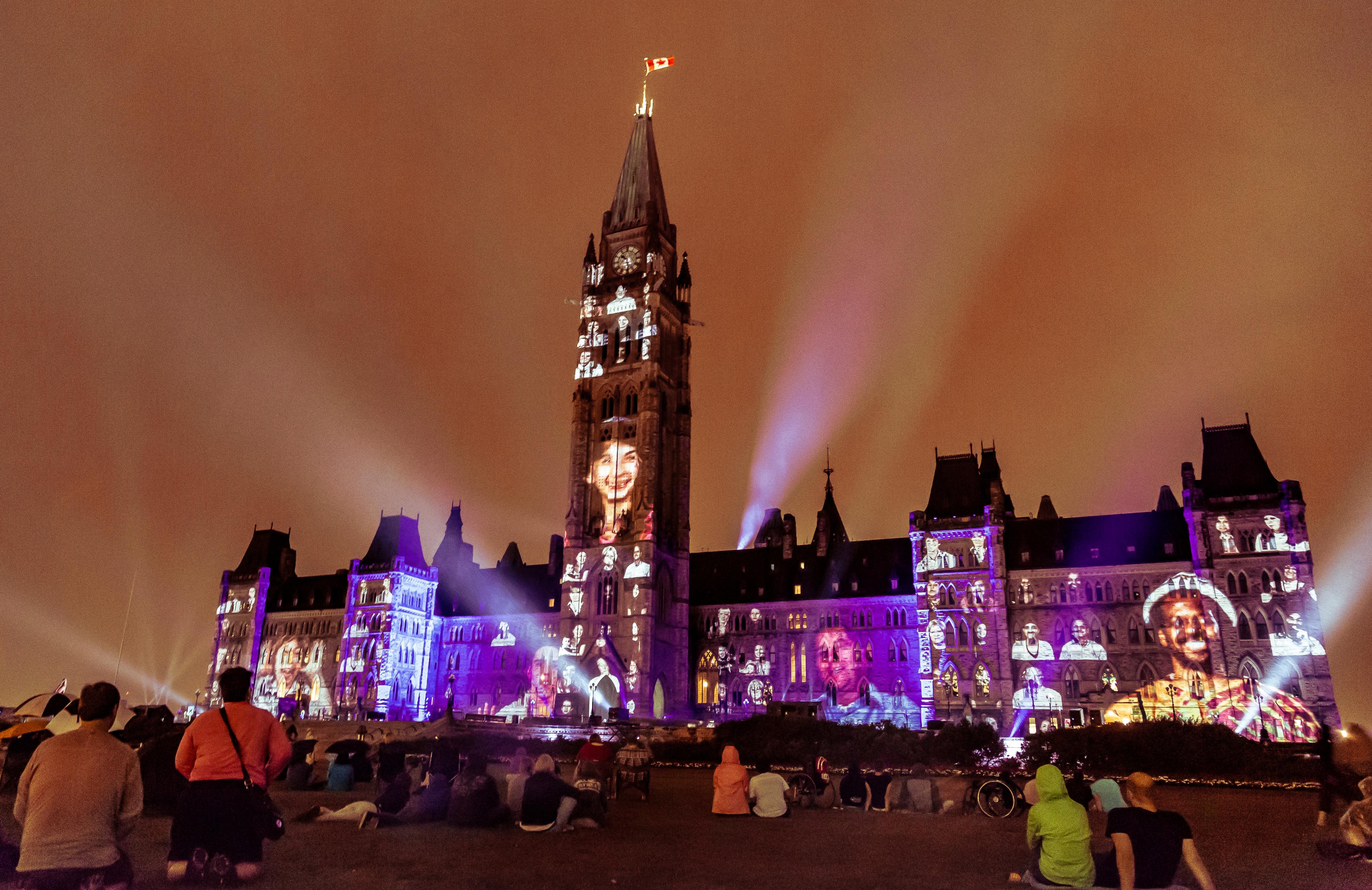
Every summer, tourists gather on Ottawa’s Parliament lawn for a “light and sound” show projected on government buildings. While well-intentioned, the production feels dated—full of overly sentimental storytelling and generic nationalism. It’s more school assembly than spectacle, and even the visuals don’t quite dazzle by today’s standards. Instead of waiting for a ten-minute projection in a crowd, explore the ByWard Market at night or take a sunset paddle down the Rideau Canal. For a richer take on Canadian history, visit the Canadian Museum of History across the river—it’s interactive, thoughtful, and air-conditioned.
20. Capilano Suspension Bridge (BC): Wobbly, Crowded, Overpriced
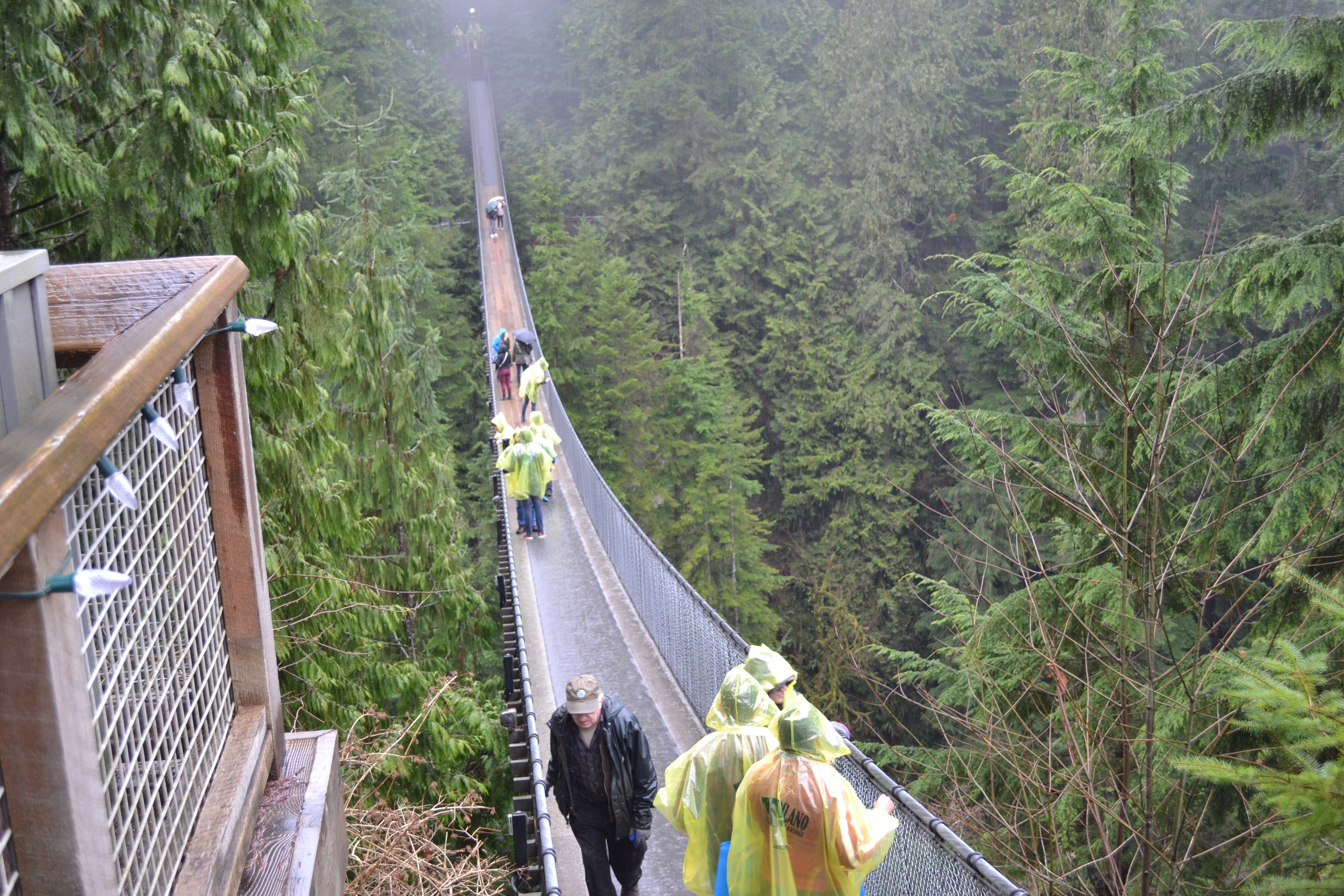
What was once a thrilling bridge walk through the forest has become a jam-packed, pricey spectacle. You’ll pay a steep fee to shuffle along the same narrow path as hundreds of others, most of whom are focused more on their GoPro angles than the actual view. And while the bridge itself is impressive, the “adventure park” atmosphere—complete with gift shops and branded snacks—can cheapen the experience. Skip the Capilano crowds and head to Lynn Canyon Suspension Bridge just 20 minutes away. It’s free, quieter, and just as breathtaking—and you might even hear the trees over the tour groups.
Don’t Follow the Hype—Follow the Heart
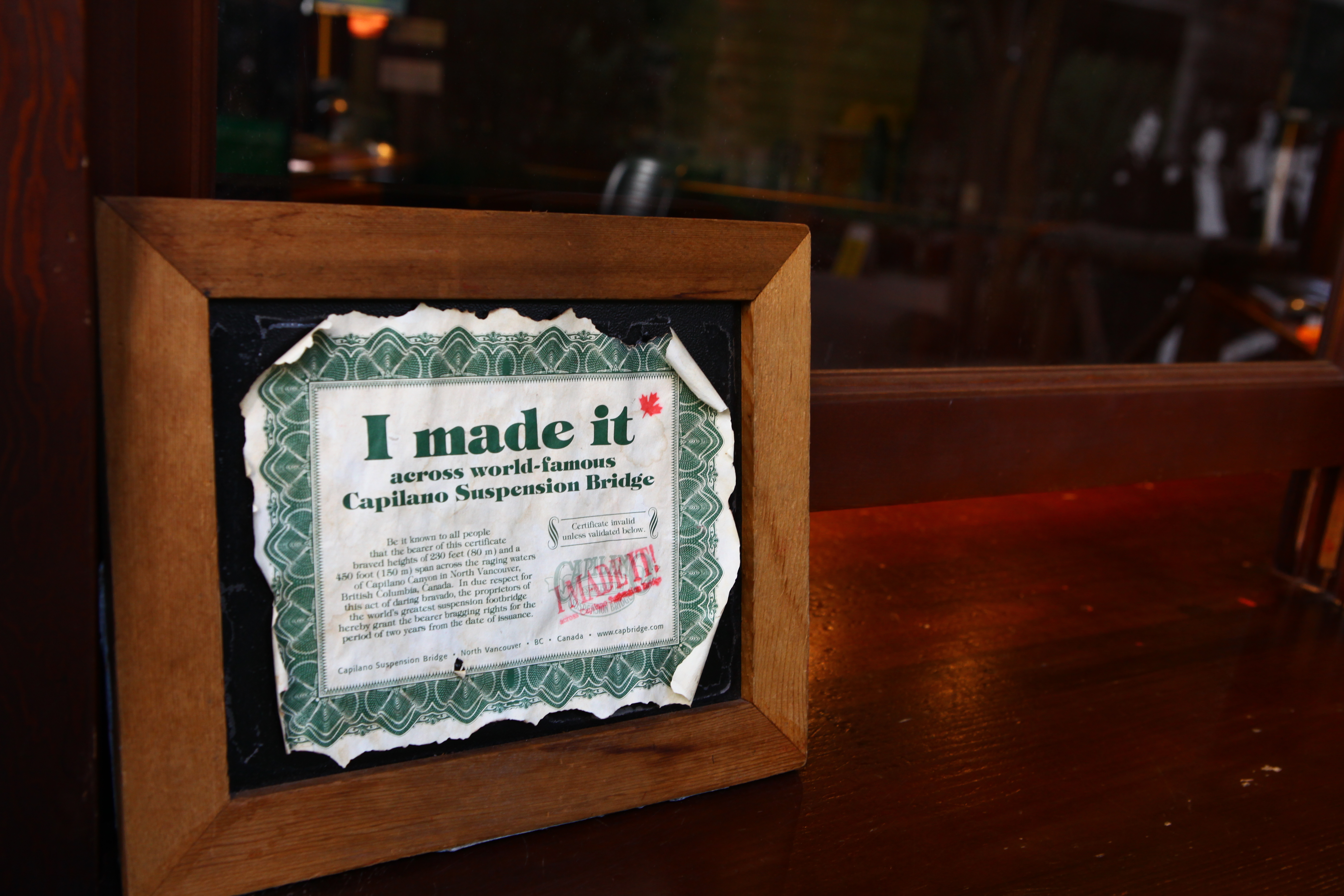
Canada is full of wonders—but not all that glitters is gold (or even worth the parking fee). While glossy brochures and filtered Instagram feeds may lead you toward the same crowded landmarks, real discovery lies just off the beaten path. Tourist traps often trade authenticity for convenience, wrapping up culture, nature, or history in overpriced packaging designed to please the masses. But the Canada that lingers—the one you remember long after the trip—isn’t found in souvenir shops or choreographed light shows. It’s in the quiet coastal trail, the untouristed café, the community that still lives its story instead of performing it. That’s why we expanded this list of 20 Canadian Tourist Traps That Are Total Letdowns—to help you sidestep the noise and find what’s real. Because the best travel stories don’t come from following the crowd. They come from noticing what the crowd missed—and choosing wonder over routine every time.




